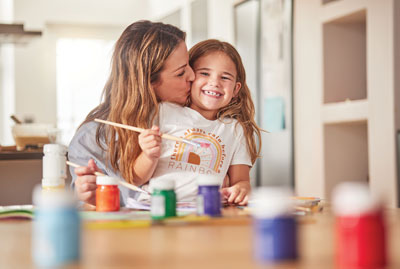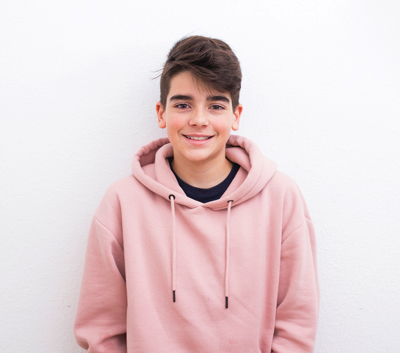
Brighton & Hove City Council is proud to be part of a growing, national movement to reimagine foster care through the Mockingbird Family Model – a pioneering approach that strengthens relationships and builds lasting support networks for foster families. In March 2025, the city launched its first Mockingbird constellation, and following its early success, a second constellation was launched in August 2025.
This innovative model, developed by The Fostering Network, is designed to create an extended family structure around foster carers and the children they care for. It’s a new way of fostering – one that focuses on connection, community and consistency.
What is the Mockingbird Model?
At the heart of the Mockingbird programme is the idea of a constellation – a group of up to 10 fostering households that are supported by a central hub home carer. This experienced foster carer provides practical and emotional support, regular social activities and short-break care to the families in their constellation.
The model mirrors the natural support systems many families rely on – grandparents, aunts, uncles and close friends – and helps foster carers feel less isolated and more resilient. It also offers children and young people a greater sense of belonging and stability.
According to The Fostering Network, the Mockingbird programme has been shown to strengthen relationships between carers, children and professionals.
A strong start in Brighton & Hove
Brighton & Hove’s first constellation, launched in March 2025, has already begun to make a meaningful impact.
“It’s been amazing to see how quickly the families have bonded,” said one hub home carer. “We’ve created a space where carers feel supported and children feel like they’re part of something bigger.”
Another foster carer in the constellation shared: “Being part of Mockingbird has made such a difference. It’s reassuring to know there’s someone I can call who understands what I’m going through – and the kids love the social events!”
The constellation has hosted regular meet-ups, shared meals, and even a group weekend camping trip – all designed to build trust and connection among the families.
Expanding the constellation
Following the success of the first constellation, Brighton & Hove launched its second constellation in August 2025. This expansion reflects the council’s commitment to improving outcomes for children in care and supporting the incredible people who open their homes and hearts to them.
“We’re thrilled to be growing the Mockingbird programme in Brighton & Hove,” said a spokesperson from the fostering team. “It’s a powerful way to build community and ensure our foster carers and children feel truly supported.”
The second constellation will follow the same model, with a dedicated hub home carer at its centre and a focus on building strong, lasting relationships.
Why Mockingbird matters
Foster care can be incredibly rewarding, but it also comes with challenges. The Mockingbird model addresses these challenges head-on by creating a network of support that’s always there.
The benefits are wide-reaching:
• For children and young people, it offers greater stability, a sense of belonging and opportunities to build trusted relationships with adults and peers.
• For foster carers, it provides emotional support, practical help and a sense of community.
• For local authorities, it improves outcomes for children in care.
The Fostering Network’s evaluation of the programme has shown that Mockingbird constellations lead to improved wellbeing for both carers and children, better communication with professionals and a stronger sense of community.
Looking ahead
Brighton & Hove’s fostering team is excited about the future of the Mockingbird project and is actively working to expand the model further in the coming years.
“This is just the beginning,” said a team member. “We’re already seeing the difference Mockingbird can make, and we’re committed to growing the programme so more families can benefit.”
 If you’ve ever considered fostering – or just want to learn more – now is a great time to explore the possibilities. Brighton & Hove’s fostering team runs regular online information sessions, where you can hear from real foster carers, ask questions, and find out how fostering could fit into your life.
If you’ve ever considered fostering – or just want to learn more – now is a great time to explore the possibilities. Brighton & Hove’s fostering team runs regular online information sessions, where you can hear from real foster carers, ask questions, and find out how fostering could fit into your life.
Email fosteringrecruitment@brighton-hove.gov.uk to arrange a call or scan the QR code to visit www.brighton-hove.gov.uk/foster




















